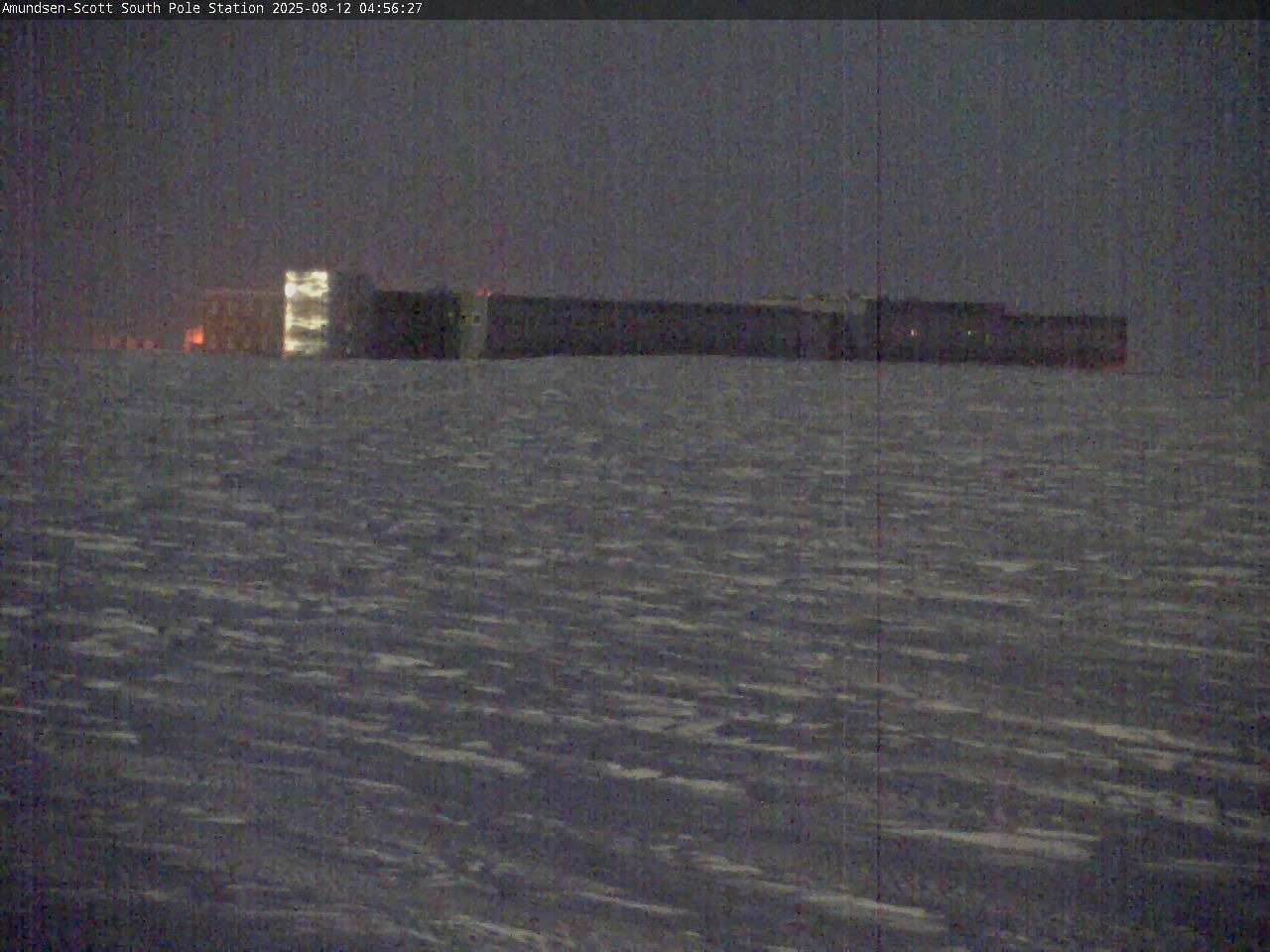
South Pole Station for Science
The South Pole station is one of three year-around stations operated by the National Science Foundation (NSF). The other two United States Antarctic Program stations are McMurdo Station on the Ross Island and Palmer Station on Anvers Island near the Antarctic Peninsula. Amundsen-Scott South Pole Station sits at the Earth's axis on a shifting continental ice sheet several miles thick.
The South Pole is a unique research site that supports projects ranging from cosmic observations to seismic and atmospheric studies. The extremely dry, cold air is perfectly suited for observing Cosmic Microwave Background (CMB) radiation-the faint light signature left by the Big Bang that brought the universe into being nearly 14 billion years ago. The pattern of these ancient photons reveals the contents and structure of the infant cosmos.
U.S. Antartic Program
South Pole Web Cam
6/01/2011
02:03:48 UTC
No hay comentarios:
Publicar un comentario